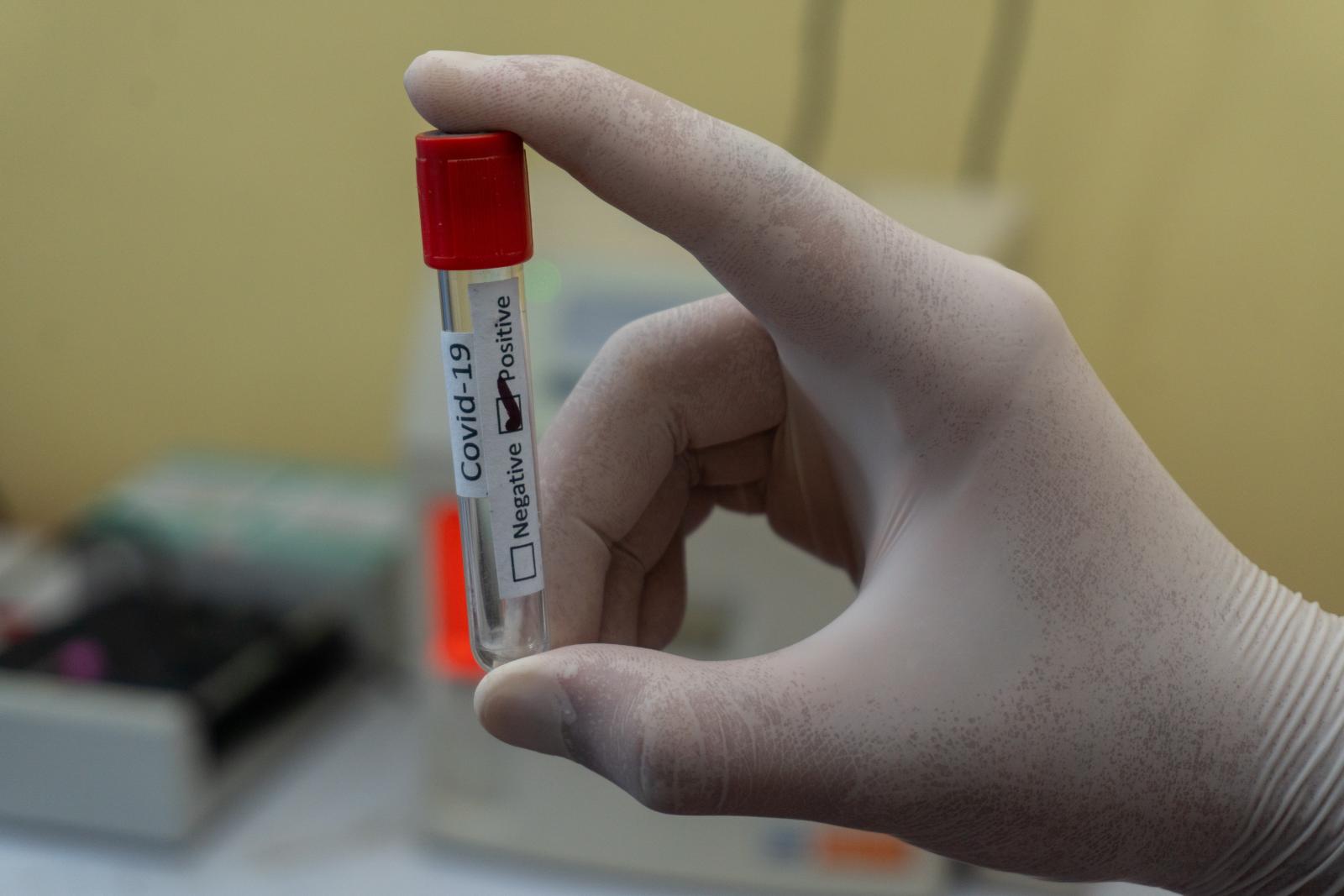In a review on the New England Journal of Medicine, Harvey Fineberg, president of the Institute of Medicine and chair of an international committee requested by the World Health Organization (WHO), analyzed the global response to the 2009 H1N1 pandemic, giving particular attention to the function of the 2005 International Health Regulations (IHR) and the performance of the WHO.
IHR are a set of provisions – activated in 2005 and gone into effect in 2007 – that delineated the responsibilities of individual countries when dealing with public health emergencies and established a leading role for the WHO in declaring and managing such crises. According to the author, some of these provisions proved to be very useful, like the systematic approaches to surveillance, the early-warning systems, and the promotion of technical cooperation and sharing of logistic support. However, only 68% of member states responded to a WHO questionnaire on their state of progress in 2011. Of them, only 58% reported having developed the required national plans and only 10% claimed to have fully established the capacities called for in the IHR.
As stated by the 2005 IHR, the WHO had been assigned the authority to declare a public health emergency of international concern and take a leading role in the global response. In the 2009 H1N1 pandemic, the organization managed to detect, identify and characterize the virus in a timely manner, and to monitor the course of the pandemic. It also provided quick recommendations on vaccine target groups and dose, field assistance to affected countries and an efficient distribution of more than 3 million courses of antiviral drugs.
However, Fineberg also highlighted the difficulties and missteps made by the WHO. For instance, the limited budget and the UN personnel-management requirements, which constrained the flexibility that such an organization should have, or its better capacity to respond to focal, short-term emergencies than to global health threats like a pandemic. Fineberg also claimed a lack of a consistent, measurable and understandable depiction of the severity of a pandemic, and criticized the spread-based pandemic phase structure, which he considered unsuitable for operational management. Another issue to be considered, according to the author, is the failure to acknowledge legitimate criticisms – regarding the meaning of a pandemic and the lack of timely and open disclosure of potential conflicts of interest – that undermined WHO credibility.
Given these, and others, problems, Fineberg claimed that, in order to be ready to face another pandemic, the world would need superior surveillance and agreements on virus and vaccine sharing, better antiviral agents and more effective influenza vaccines, with an improved production capacity and distribution.
Heeding the lessons from the 2009 H1N1 pandemic was one of the aims of the TELLME project, which performed a detailed analysis of population behavior and communication issues during epidemics, including the swine flu one. By taking advantage from such a lesson, it would be possible to improve the effectiveness of risk communication, which in turns would support the use of those measures necessary to limit the spread of disease.


